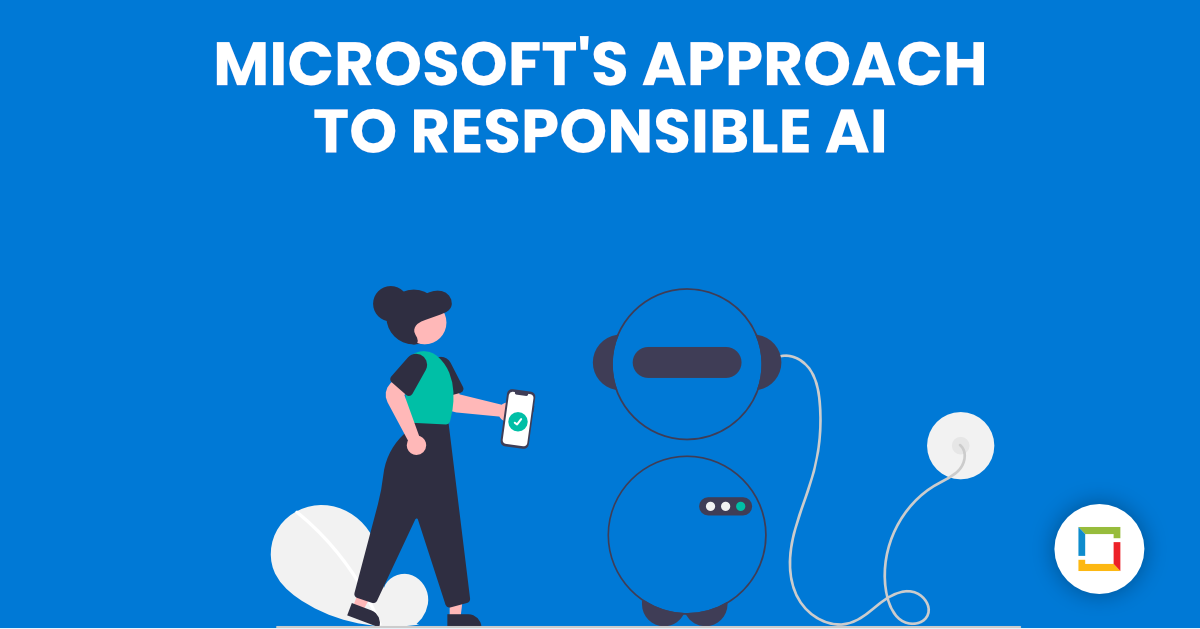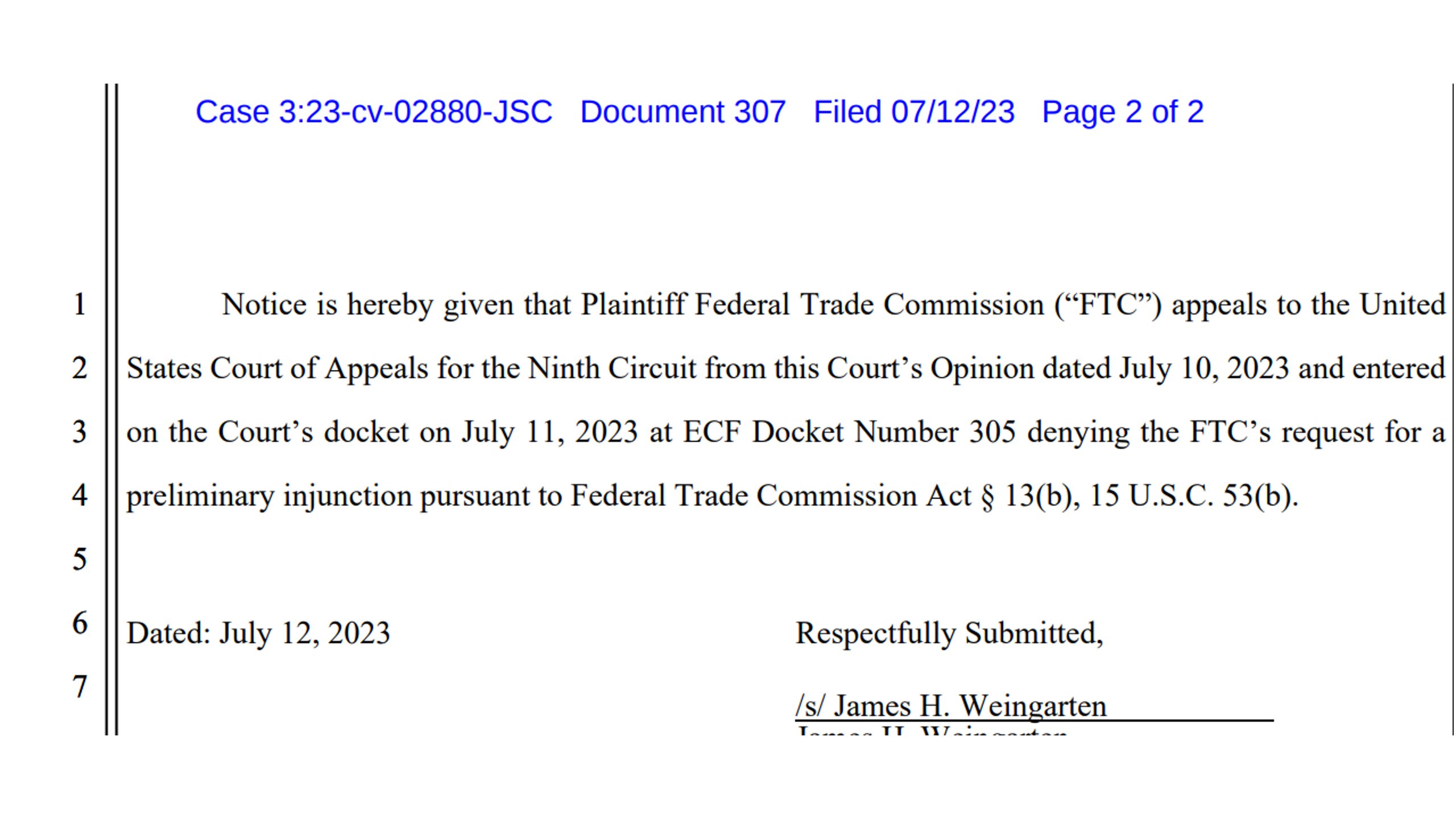Microsoft's Approach To Ethical AI Design: A Human-First Perspective

Table of Contents
Microsoft's Guiding Principles for Ethical AI
At the heart of Microsoft's ethical AI strategy lie six core principles that serve as a compass for its AI development efforts. These principles aren't merely aspirational; they are actively integrated into the design process, influencing decisions at every stage, from data collection to model deployment. These principles ensure responsible AI development and guide the creation of AI systems that are beneficial and trustworthy.
-
Fairness: Microsoft is committed to mitigating bias and ensuring equitable outcomes from its AI systems. This involves careful selection and preprocessing of training data to avoid perpetuating existing societal biases. They actively work to identify and address disparities in AI performance across different demographic groups.
-
Reliability & Safety: Microsoft prioritizes the creation of robust and secure AI systems that are reliable and dependable. This involves rigorous testing, validation, and ongoing monitoring to prevent unexpected errors or harmful behavior. Safety is paramount, with mechanisms in place to detect and prevent potential risks.
-
Privacy & Security: Protecting user data and preventing misuse is a fundamental principle. Microsoft implements strong security measures throughout the AI lifecycle, adhering to strict privacy regulations and employing techniques to anonymize and secure sensitive information.
-
Inclusiveness: Microsoft aims to develop AI that serves the needs of diverse populations, recognizing that one-size-fits-all solutions are not appropriate. This commitment guides the design of inclusive AI systems that respect cultural differences and avoid perpetuating inequalities.
-
Transparency: Understanding how an AI system arrives at its conclusions is crucial for building trust. Microsoft is committed to providing clear explanations of AI decision-making processes, where feasible, promoting transparency and empowering users to understand and critically engage with the technology.
-
Accountability: Microsoft establishes mechanisms for addressing AI failures and ensuring accountability for any negative consequences. This includes internal review processes, external audits, and channels for reporting and resolving issues related to its AI systems.
Addressing Bias and Promoting Fairness in Microsoft's AI Systems
Addressing bias is a continuous and complex challenge in AI development. Microsoft employs several strategies to detect and mitigate bias in its AI systems, working towards algorithmic fairness and equitable AI outcomes.
-
Diverse Datasets: The foundation of fair AI lies in representative data. Microsoft strives to use diverse datasets that accurately reflect the real-world population, reducing the risk of biased outcomes.
-
Bias Detection Tools: Microsoft actively develops and utilizes bias detection tools to identify and quantify potential biases within its AI models. These tools help pinpoint areas where the AI system may be exhibiting unfair or discriminatory behavior.
-
Algorithmic Fairness Techniques: Microsoft integrates algorithmic fairness techniques into its AI models to actively minimize bias. These techniques involve modifying algorithms to ensure equitable treatment of different groups.
-
Continuous Monitoring: Ongoing monitoring and evaluation are essential. Microsoft continuously assesses its AI systems for fairness, adapting its strategies and models as needed to ensure ongoing equitable performance.
Transparency and Explainability in Microsoft's AI
Explainable AI (XAI) is a critical aspect of responsible AI development. Microsoft is committed to making its AI systems more transparent and understandable.
-
Explainable AI Tools: Microsoft invests in developing and employing tools that provide insights into AI decision-making processes. This helps users understand the reasoning behind AI-driven outcomes.
-
Model Interpretability: Microsoft prioritizes techniques that enhance the interpretability of its AI models, making it easier to understand how these models function and arrive at their predictions.
-
Human-in-the-Loop Systems: In situations requiring high stakes or complex decisions, Microsoft incorporates human oversight, ensuring human judgment plays a crucial role in the process.
The Role of Human Oversight and Collaboration in Microsoft's Ethical AI Development
Human oversight and collaboration are integral to Microsoft's ethical AI development process. The company recognizes that ethical considerations cannot be solely addressed through technical solutions.
-
Ethical Review Boards: Independent ethical review boards evaluate Microsoft's AI projects, ensuring alignment with ethical principles and best practices.
-
Multidisciplinary Teams: Teams comprised of experts from various fields—including engineers, ethicists, social scientists, and legal professionals—collaborate throughout the AI development lifecycle.
-
Stakeholder Engagement: Microsoft engages with users, communities, and other stakeholders to gather feedback and ensure the development of AI systems that meet diverse needs and societal values.
Conclusion
Microsoft's approach to ethical AI design centers on a human-first perspective, prioritizing fairness, transparency, and accountability. Their commitment to responsible AI is evident in their guiding principles, strategies for bias mitigation, emphasis on explainability, and incorporation of human oversight. This journey is ongoing; addressing the ethical challenges of AI requires continuous learning, adaptation, and collaboration. Learn more about Microsoft's commitment to responsible AI and join the discussion on building a human-centered AI future.

Featured Posts
-
 A Side Hustle Access To Elon Musks Private Company Stakes
Apr 26, 2025
A Side Hustle Access To Elon Musks Private Company Stakes
Apr 26, 2025 -
 Point72s Focused Emerging Markets Strategy Ends Traders Exit
Apr 26, 2025
Point72s Focused Emerging Markets Strategy Ends Traders Exit
Apr 26, 2025 -
 Secret Service Closes Investigation Into White House Cocaine Incident
Apr 26, 2025
Secret Service Closes Investigation Into White House Cocaine Incident
Apr 26, 2025 -
 Microsoft Activision Deal Ftcs Appeal And What It Means
Apr 26, 2025
Microsoft Activision Deal Ftcs Appeal And What It Means
Apr 26, 2025 -
 Are Bmw And Porsche Losing Ground In China An Industry Analysis
Apr 26, 2025
Are Bmw And Porsche Losing Ground In China An Industry Analysis
Apr 26, 2025
